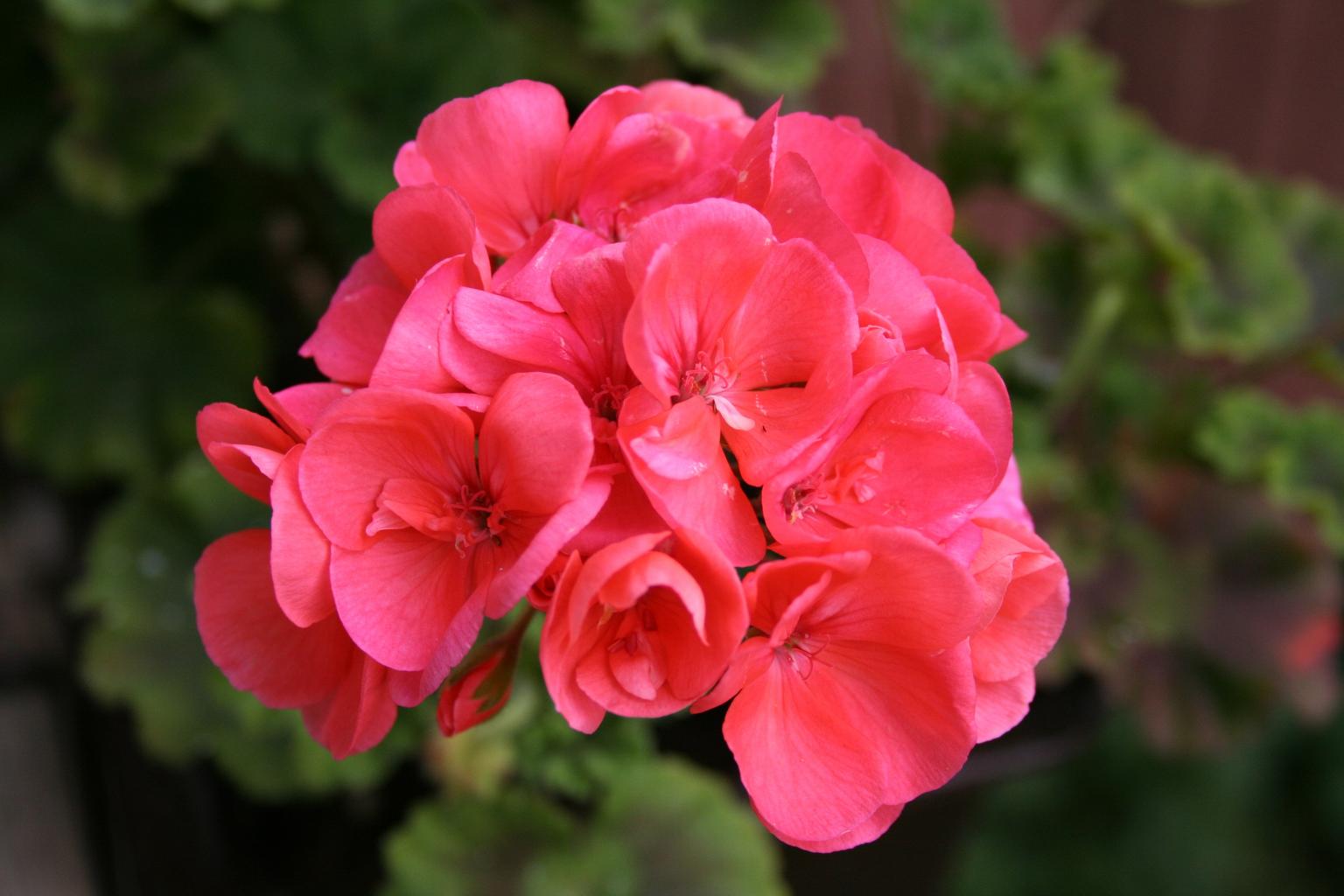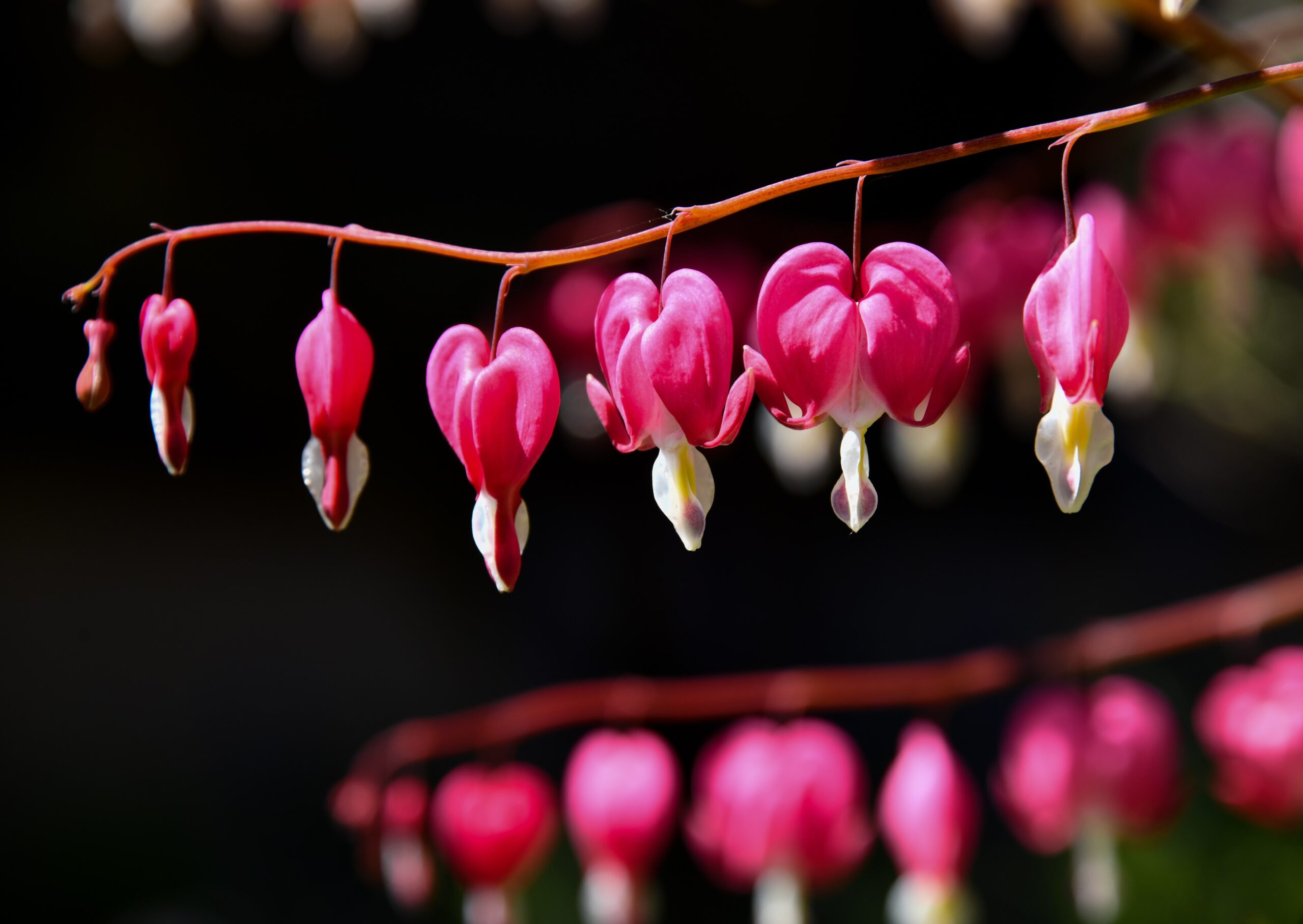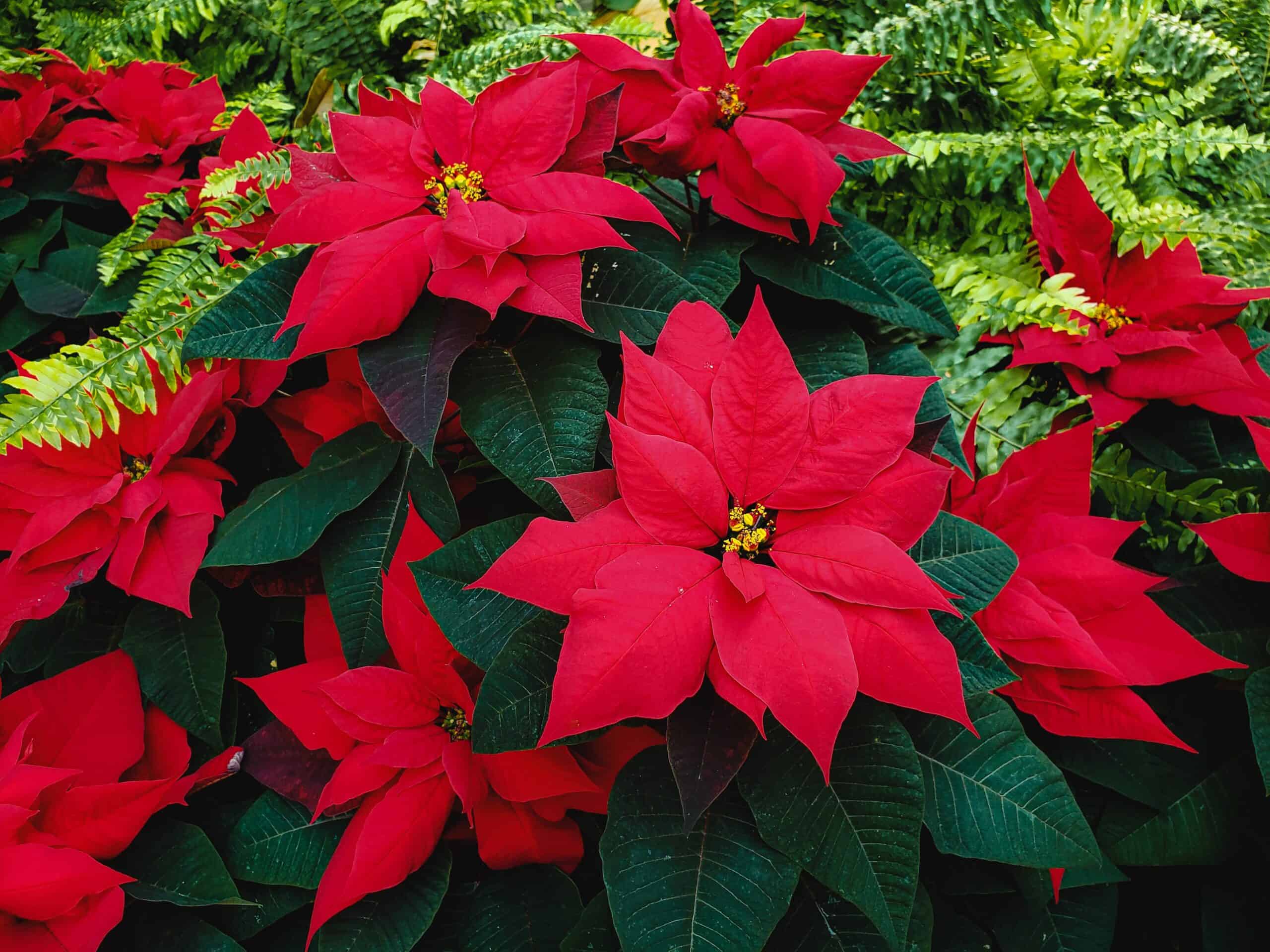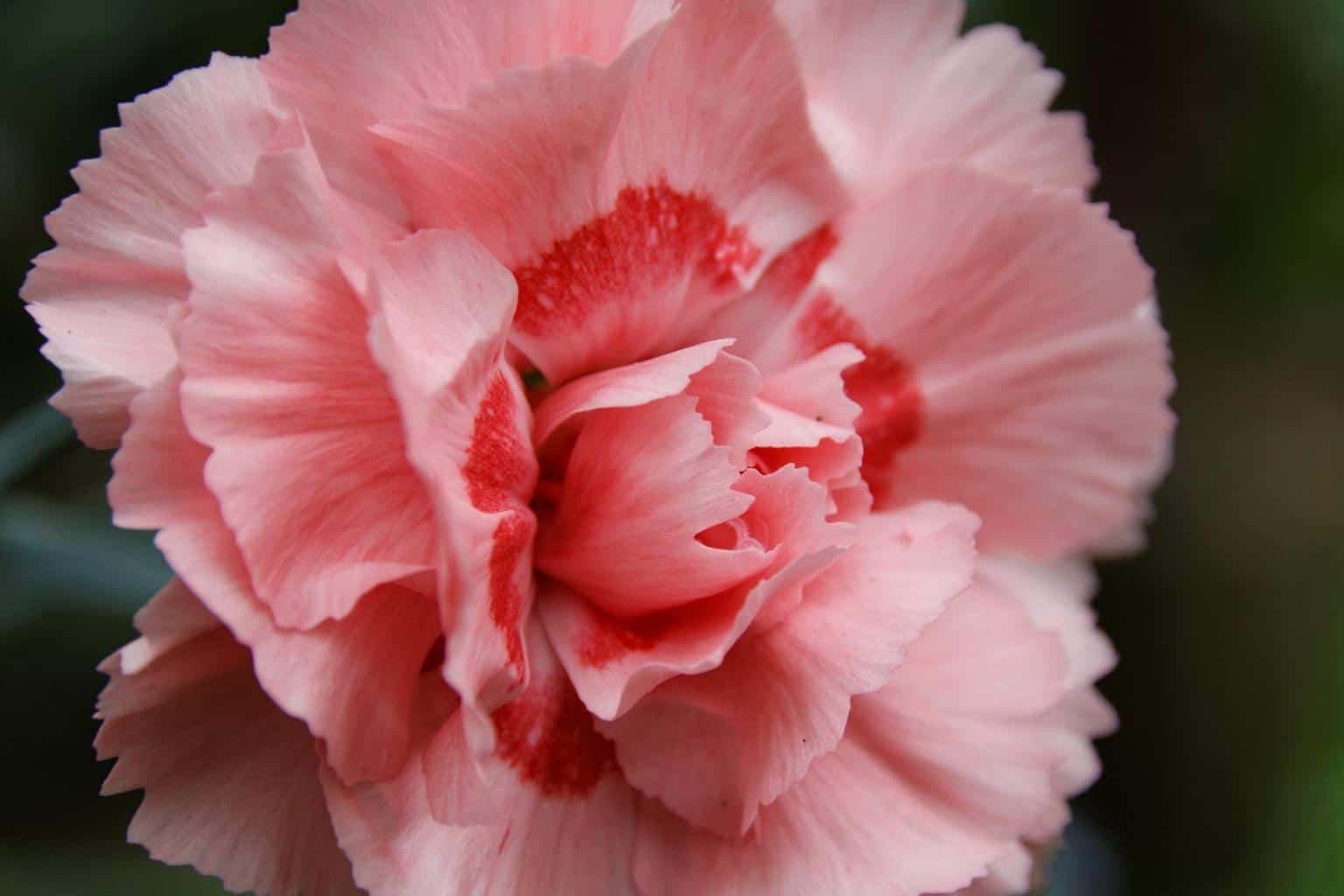What Are Geraniums? Garden Geraniums are not true geraniums. They are actually from the genus Pelargonium. Originating from South Africa, the garden Geranium made its way to Europe from France in 1786 and then to North America. Thomas Jefferson’s first Geranium cuttings soon became a favorite among gardeners as they were handed down through generations.
Geraniums are easy to grow and require little care. They can be planted directly in the ground or pots. You should add potting soil to your planting medium if you grow them in pots. These pretty blooms like full sun but will tolerate partial shade. The majority of varieties need at least six hours of direct sunlight each day. You can also grow them in containers if you prefer. Choose a container that suits your needs. A large container may be best for larger plants. Smaller containers are great for smaller plants. 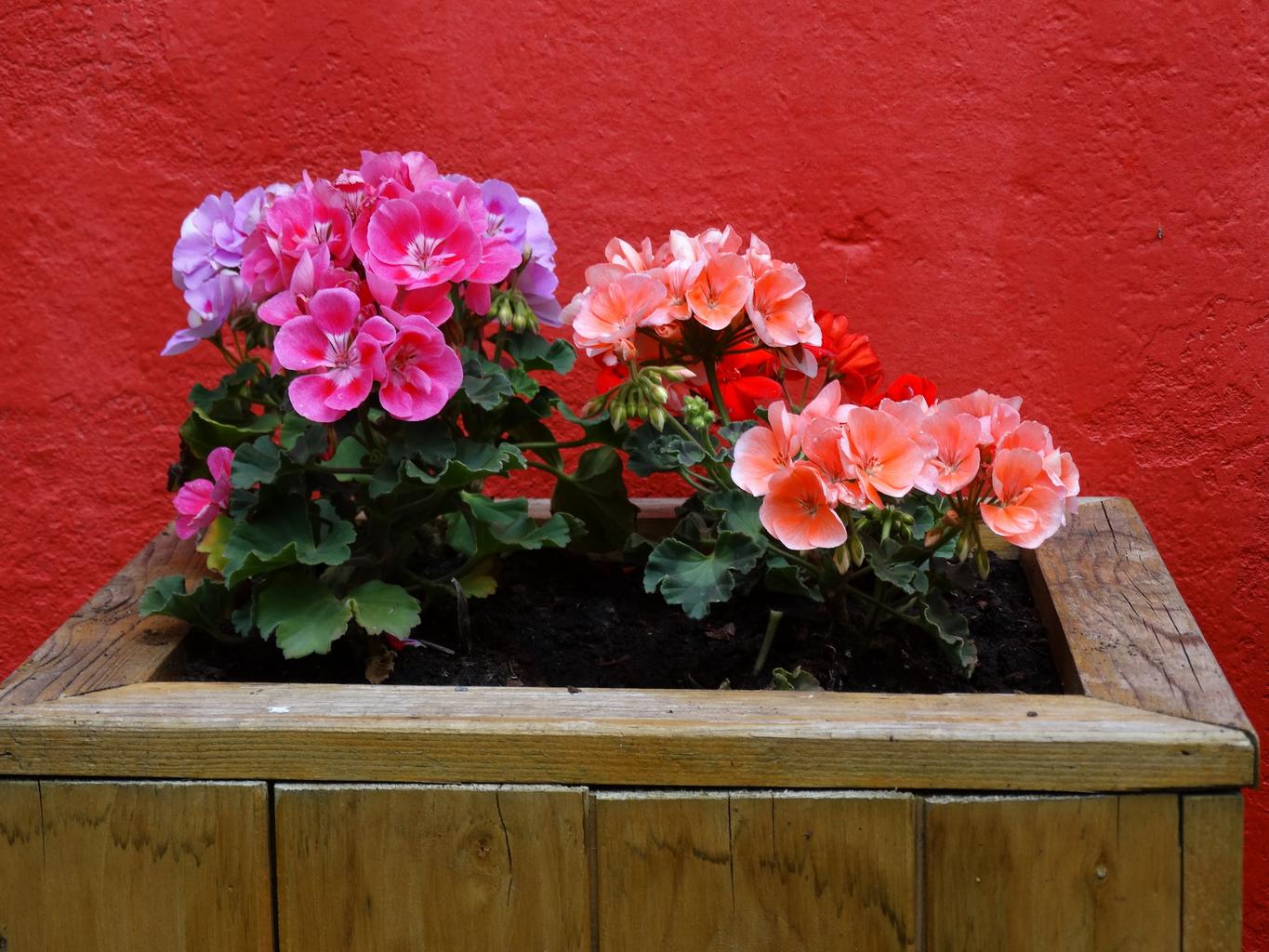
Popular Types of Geraniums
Geraniums are among the easiest flowers to grow. They prefer full sun and well-drained soil. Their roots need plenty of oxygen, so keep them out of direct sunlight. Geraniums will tolerate temperatures down to 10 degrees Fahrenheit but not below freezing. They like cool and warm days, so give them at least six hours of direct light each day. Geraniums also enjoy high humidity levels, so water regularly during dry spells.
They are often grown as ornamental plants because of their attractive flowers, as they come in many colors and patterns, including red, pink, orange, yellow, white, lavender, purple, blue, green, and brown. Some varieties even have stripes or spots. There are hundreds of different types of geraniums, each with its own unique characteristics. These include bloom time, height, leaf shape, and flower size. Most geraniums grow well in full sun, but some prefer partial shade. They require regular watering during dry periods. Once established, geraniums should never be watered when the soil is wet.
Geraniums are easy to grow and very adaptable plants. They prefer full sun and well-drained soil. They will survive outdoors all year long if your climate is cold enough. You can also buy them at local nurseries. There are tons of different types of geraniums, including those that are hardy and those that are not. Hardy geraniums come in many colors, shapes, sizes, and textures. They are often sold as annuals or biennials. Biennial geraniums bloom twice per season, while annuals bloom once. Annuals are usually easier to grow because they need less attention. Wide varieties are available in seed form, which means you can start seeds indoors and transplant them when they get big enough.
Tips for Planting Growing Caring for Geraniums
Geraniums like to be watered regularly, especially during dry periods. Watering should be done at least once every two weeks. You can water them when you see the first signs of wilting. To avoid overwatering, check the soil level before adding more water. Don’t let the soil get soggy. Moist soil will encourage disease. Fertilizing Your plants may seem counterintuitive, but if you feed them well, they’ll produce more flowers. Providing your plants fertilizer is easy. Just follow the directions on the label. Some fertilizers contain nitrogen, phosphorus, and potassium. These nutrients help plants grow. But remember, too much fertilizer can cause problems. Too many nutrients can lead to nutrient burn, which causes yellowing and browning of leaves. Overfeeding also encourages diseases.
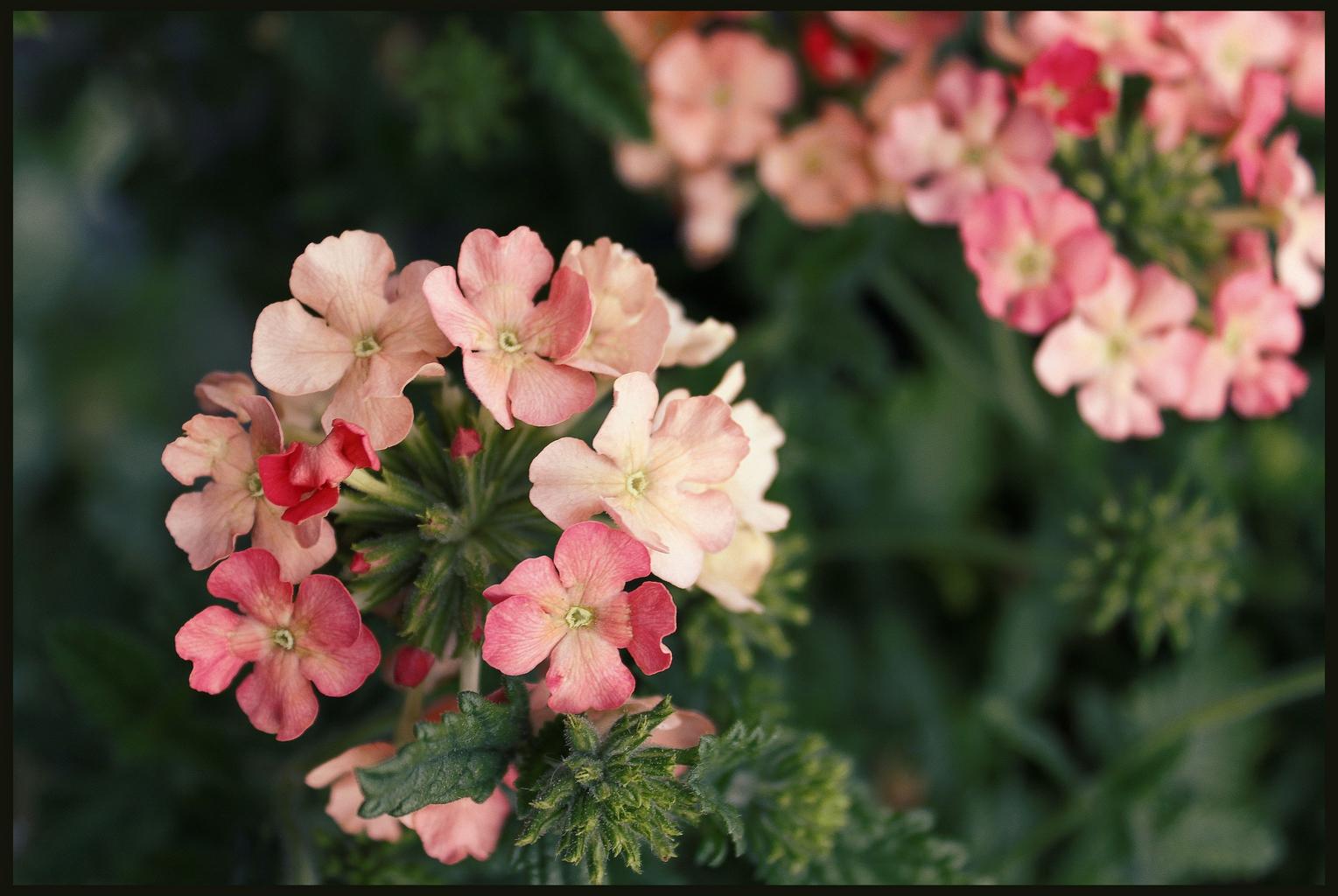 How to Plant Geraniums
How to Plant Geraniums
When planting geraniums, you should choose an appropriate spot in your garden. Full sun is best for geraniums because they need lots of light to grow and bloom. If you live in a place with hot summers, you might need to provide shade. Your geraniums will also benefit from well-draining soil. Plants that like drier soil are easier to care for.
Geraniums are not cold-hardy plants. If you plant them too early, you may lose them to winter weather. You should wait until the soil temperature reaches 60 degrees Fahrenheit before planting.
Geraniums like to grow in full sun. You should not fertilize them when the temperature is below 50 degrees Fahrenheit. Apply a liquid fertilizer immediately if you notice any yellowing or wilting leaves.
Geraniums are easy to grow indoors year-round. You can position them by a sunny window, or if you prefer, you can bring them outside when the temperatures rise above freezing. Geraniums like bright light, so keep your windows open during the day. If you live in a colder climate, you may need to bring them indoors at night. Once you’ve established your plants, you’ll notice that they require frequent watering. Soak the potting mix thoroughly before adding the roots. After planting, water the geraniums thoroughly until the soil is wet all the way to the bottom of the container. In the same way you do for orchids, let the soil dry a bit between waterings. This helps prevent root rot.
How much does a geranium need?
Geraniums are easy to grow and require very little attention. You can keep them indoors if you like, but they also thrive in outdoor gardens. They prefer well-drained soil and full sun. If you’re planting them outdoors, give them plenty of room to spread out. They’re not fussy about what kind of soil they’re grown in, although they appreciate rich soil. As a rule, they don’t need any fertilizer, but you should add compost every few years. Water regularly during the summer months, especially when the weather gets hot. Prune back the stems once they start to get leggy.
Geraniums are not very attractive to many types of insects and other pests. Botrytis and other fungal diseases can attack geraniums when temperatures are cool and damp. Fungicide sprays will help protect against these problems. Overwatering can lead to root rot and oedema.
Are geraniums annuals or perennials?
Garden Geraniums are considered annual flowers throughout all but the warm regions of North America. To make them perennial, dig up your plants in the fall and move them to a cool yet sheltered location for the winter. You may need to protect them from freezing temperatures and frosts. Once the weather warms up in the spring, bring them back inside. If you keep them in pots, you will need to expose them to cooler temperatures of about 55°F. Cold nights and frosty mornings should not affect them.
Light
Geraniums like full sun but will tolerate light shade. If you have a shady spot, you might get an extra bonus of flowers. Geraniums need regular water during dry periods.
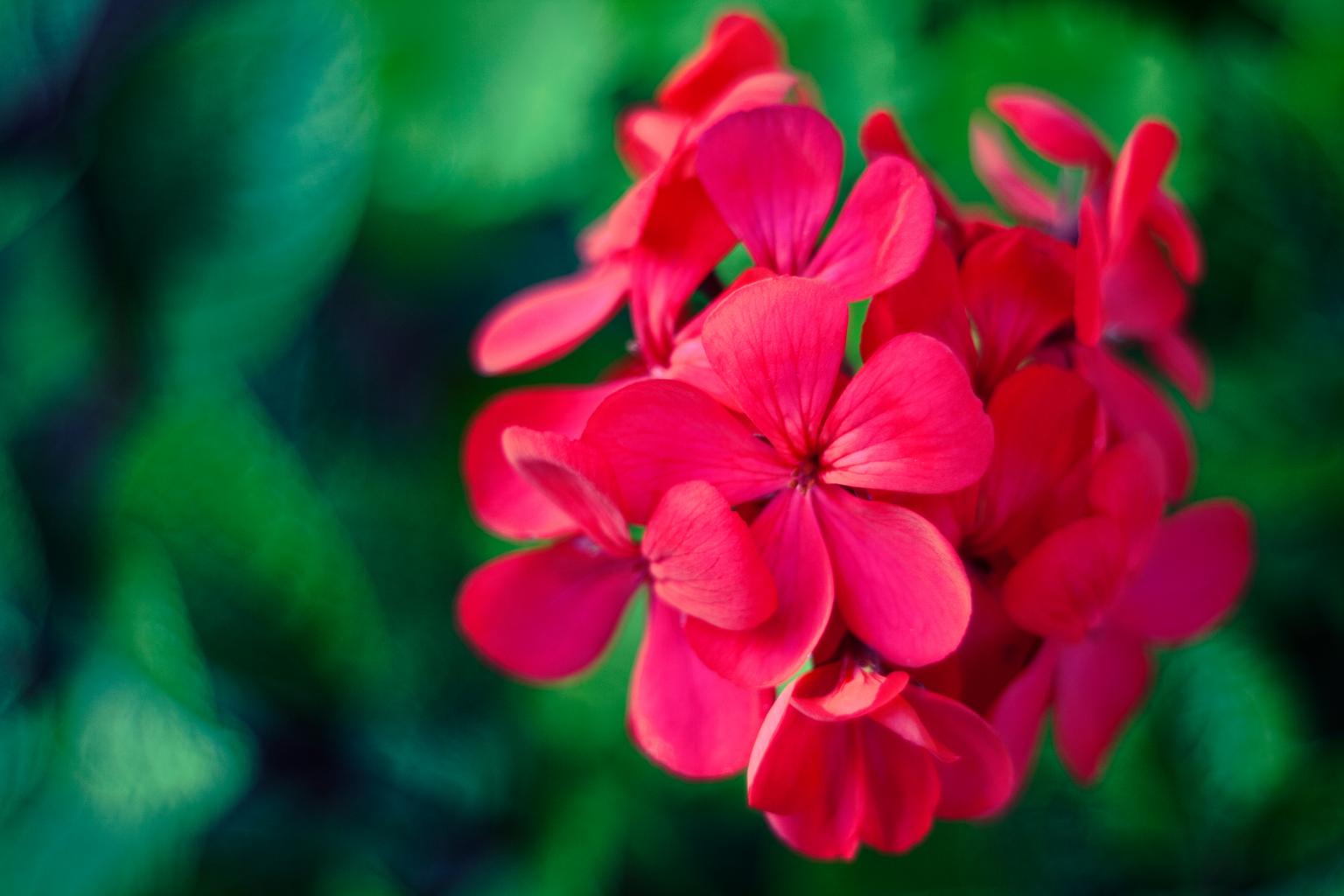 Soil
Soil
Geraniums need a slightly acidic soil pH of around 5.8 to 6, but if you’re growing them in a pot, you may wish to add a small amount of fertilizer to your soil. Geraniums also like a lot of fun, so they’ll grow best when planted in full sun. If you’ve got shade, plant them in partial shade.
Water
Geraniums are very hardy plants that don’t mind sitting in wet soil. Geraniums need lots of water during hot weather, but not during cold nights. If you water them regularly, they won’t get leggy.
Temperature and Humidity
Geraniums are hardy perennials that grow best in full sun. They like rich soil and regular watering. They tolerate drought but will not thrive if water is scarce. Geraniums are often grown as annuals, but they can be planted year after year and still produce flowers.
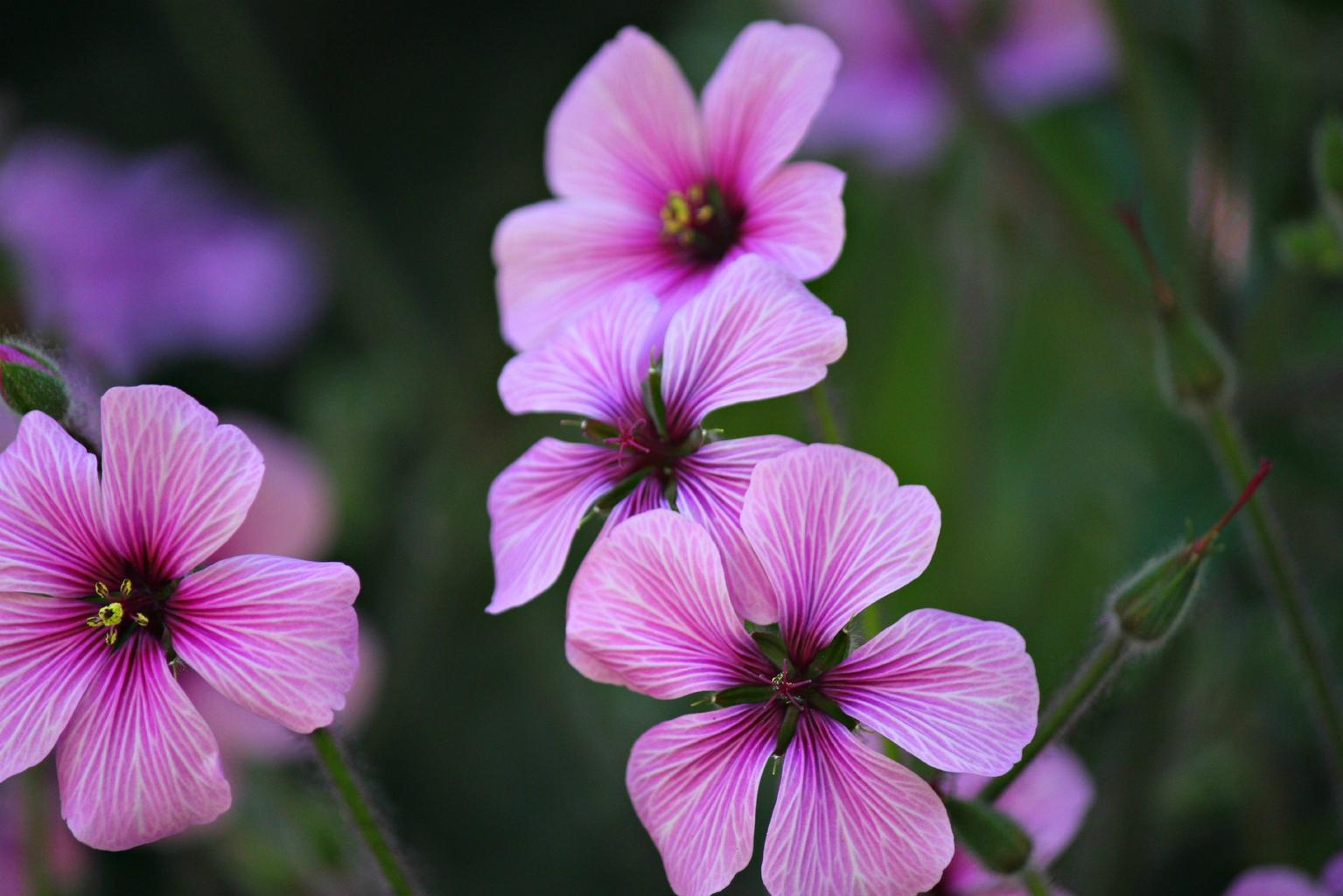 Fertilizer
Fertilizer
A slow and steady fertilizer intake will help to continually power healthy growth habits and full blooms, even when grown in containers or baskets. Container and hanging basket plants need regular monthly feeding to keep them happy and productive. Organic fertilizers are best for container and hanging basket gardening, while compost teas are ideal for indoor seedlings. Compost tea is made by mixing equal parts of compost and water and letting it sit for 24 hours before use. Mulch your plants with a layer of compost to keep the soil moist and retain nutrients. When you plant your garden, add a bit of compost to every planting hole. This will give your plants a steady supply of nutrients. If you’re not using compost, try adding a couple of tablespoons of organic material like manure or peat moss to each planting hole before filling them with dirt.
Pruning Geraniums
Occasionally pinch and trim your geraniums to keep them looking healthy and happy. Don’t worry about making them smaller if you think they’re getting too big. Cut back your plants when the weather warms up. Your plants need time to set buds and bloom. Prune after flowering to encourage new growth. Root cuttings from spent blooms to start new plants.
What we love from Amazon this week
Buy these wonderful flowers directly from Amazon:


